7Berkeh: Jackstones, jacks or five-stones are the different names of an ancient game that has survived the test of time in many countries and reveals a common heritage and cultural tie of nations worldwide. Have you ever played it?
A Glance at the History of Five-Stones
Though the origin and the founder of the game are unknown, the historical roots of it goes back to Ancient Greece and Rome, where people used the anklebones of a sheep to play the game. Accordingly, the game is called knucklebones, too. Historically, however, the game is ascribed to some figures in Greek and Roman civilizations. Sophocles in one of his works ascribed it to Palamedes, a mythical figure. His mythical interesting story says Palamedes “supposedly taught it to his Greek countrymen during the Trojan War. According to a still more ancient tradition, Zeus, perceiving that Ganymede longed for his playmates upon Mount Ida, gave him Eros for a companion and golden jacks with which to play” (Wikipedia). Both Herodotus and Plato have mentioned the game in their works and still some traces can be found in the Iliad and the Odyssey that contain some allusions to similar games.
Five-stones is also documented in the world of art. Jean Baptiste Simeon Chardin (1699-1779) the French painter of the 18th century has a painting in 1734 that portrays a girl who is playing knucklebones and it is kept in Baltimore Museum of Art today.
In addition to playing the game, the first tools of the game namely knucklebones had been used for fortune-telling around the world, too. Arlette Braman in Kids Around the World Play: The Best Fun and Games from Many Lands (2002) writes, “In Ethiopia, children do a little fortunetelling while they play knucklebones” (40).
Reh-Kheh or Yeh-Qol-Do-Qol
Like other old games, five-stones has other various names in different countries with similarities and differences. The game is called “Yeh-Qol-Do-Qol” in many regions in Iran and “Reh-Kheh [1]” in Gerash. It is derived from using small stones called “Rekh” in the local accent to play the game. The game has a National Championship in Iran that is held in Mashhad annually. In different countries other objects like seashells, anklebones, seeds, cubs, stones and even nuts and chopsticks are used. Like many other ancient games, humans have used elements from nature to invent a game.
Arlette Braman writes “in Tibet, a mountainous country in Asia, children play a similar game called Abhadhö, which means different ways to grab stones. Players can use fruit pits, animal bones, or stones. This game requires skill because you must first pick up one stone, then two at a time, then three at a time, and so on until you have picked up all of the stones. In Tibet, enjoying the game is more important than winning” (42).
Playing Reh-Kheh in Gerash
The game has been played differently from the ancient era to our age but the overall act of playing looks simple. It has no limit in age or the number of players. To play it in Gerash, you need five soft small stones and at least two players. How can a game be exciting without having a playmate?!
The game has usually several stages according to the number of stones. In a five –stones Reh-Kheh, you proceed up to the fifth stage, for example.
First, you spread the stones onto the ground. Then you pick them up one by one as you throw one stone up in the air and pick another one on the floor simultaneously to be able to catch the stone in the air. This goes on until you gather all the stones in one fist. The higher the stage, the more the stones you have to pick up in a movement. In its more difficult stages, you shape an arch with your hand and try to pass other stones through it.
A professional type of “Reh-Kheh” in Gerash is called “Kotori” in that more than ten players participate and twenty or more pieces of small stones are used to play it. This is enough to imagine how difficult it would be!
Reh-Kheh has also some rules and a prize. The first rule is that you will lose the game if the stone in the air touches the ground! The second is that you must not touch the other stones while picking one up. If you do, the other player will replace you. And the last rule says when you have thrown the stones on the ground, you cannot change the position of each one.
The prize of the winner is choosing how to punish the loser! The winner denominates the stones based on the type of punishment that is from the most to the least painful act and he/she accomplishes them on the losers’ hands. In a five-stones game, stones are called Pake-Ahani (iron hammer), Kharah-Rooch (scratch), Takal-Biji (sparrow’s beak), Kenjeh-Palang (tiger’s claws) and Das-Khash-Ako (caressing hand) respectively. The winner throws all the stones in the air and tries to catch as many as possible. Then, the winner performs the acts ascribed to each stone on the loser’s hand!
Mohammad Hassan Roostaiyan in Local Games of Gerash (2005) writes, “the general purpose of the game is precision, speed and concentration as well as amusement and enjoyment.” (126).
Five-Stones Game Today
Five-stones was an old popular game in Gerash in the past decades. However, it is no longer played but among women or girls when they hang out together in a garden or go outdoors. Arnette Braman writes, “today, kids play a game called Crazy Bones that is based on the ancient knucklebones game. Crazy Bones has many variations, from tossing the pieces in the air to see how they land to throwing them at a finish line to see which ones land closest to it” (40).
A few years ago, another article was published in 7Berkeh, in Farsi of course, about this game. Read it here:
References:
Braman, Arlette N. Kids Around the World Play: The Best Fun and Games from Many Lands. New York: John Wiley & Sons, 2002.
Roostaiyan, Mohammad Hassan. Local Games of Gerash. Tehran: Hamsayeh Press, 2005. [In Persian]
wikipedia.org/wiki/Knucklebones
[1] Rexe
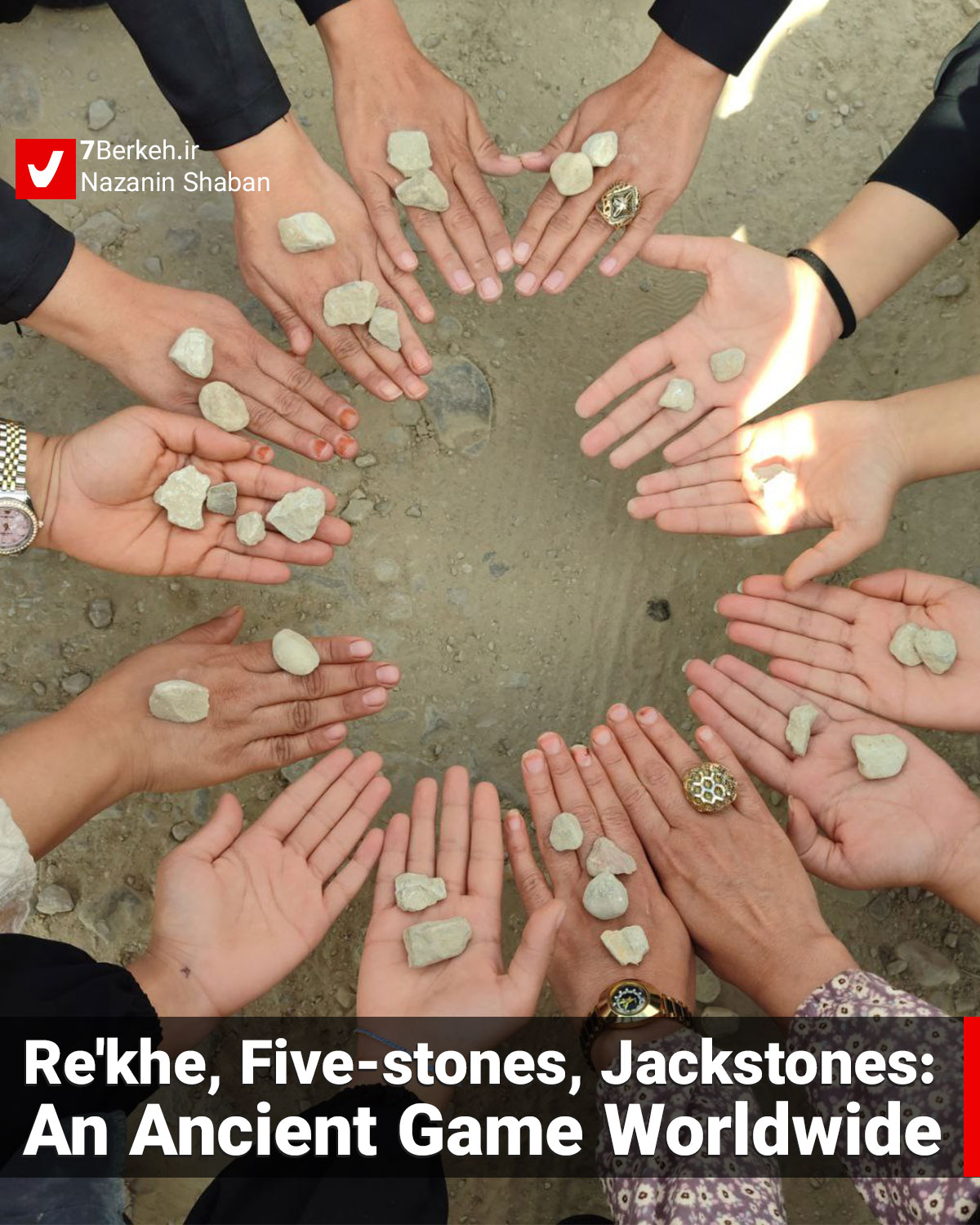
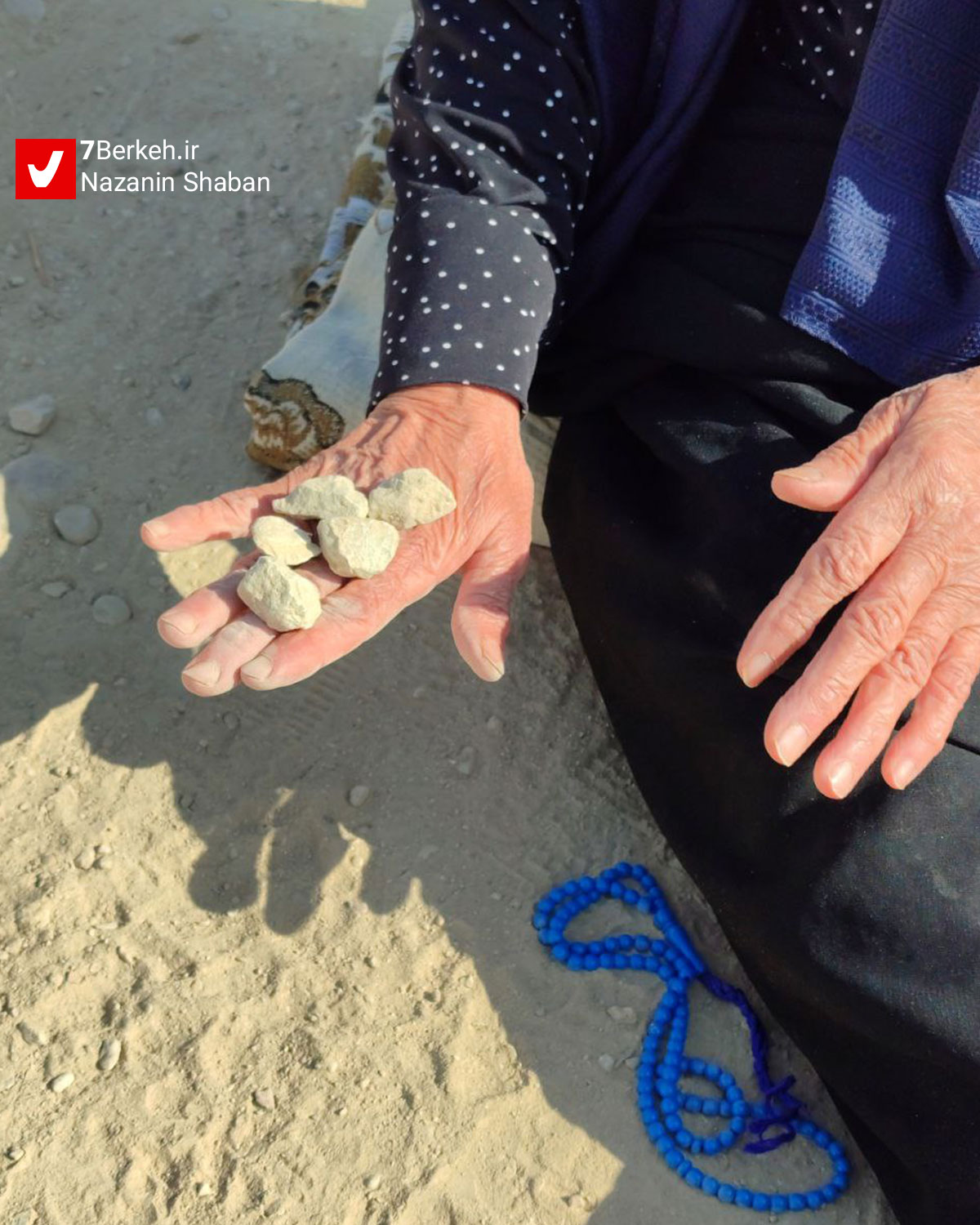
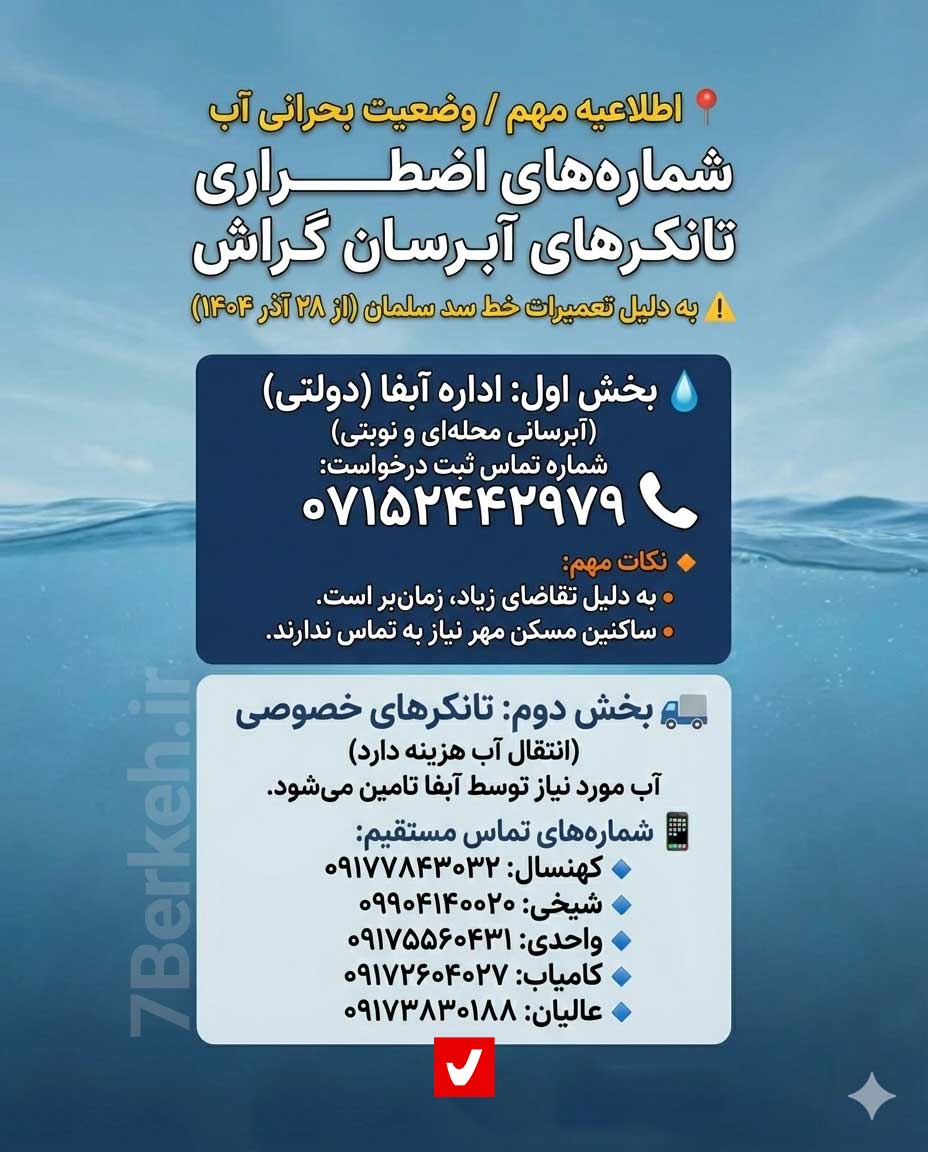
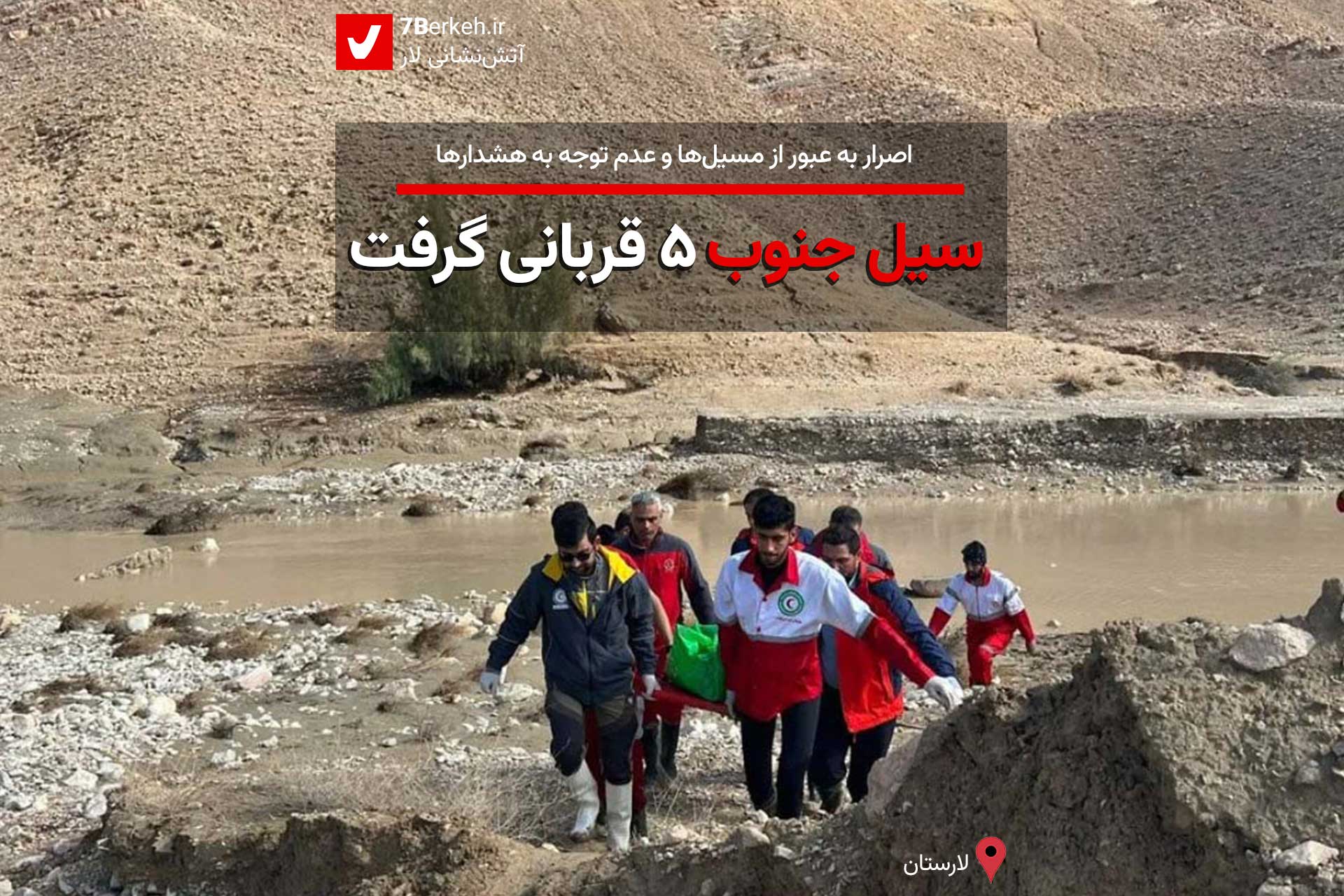


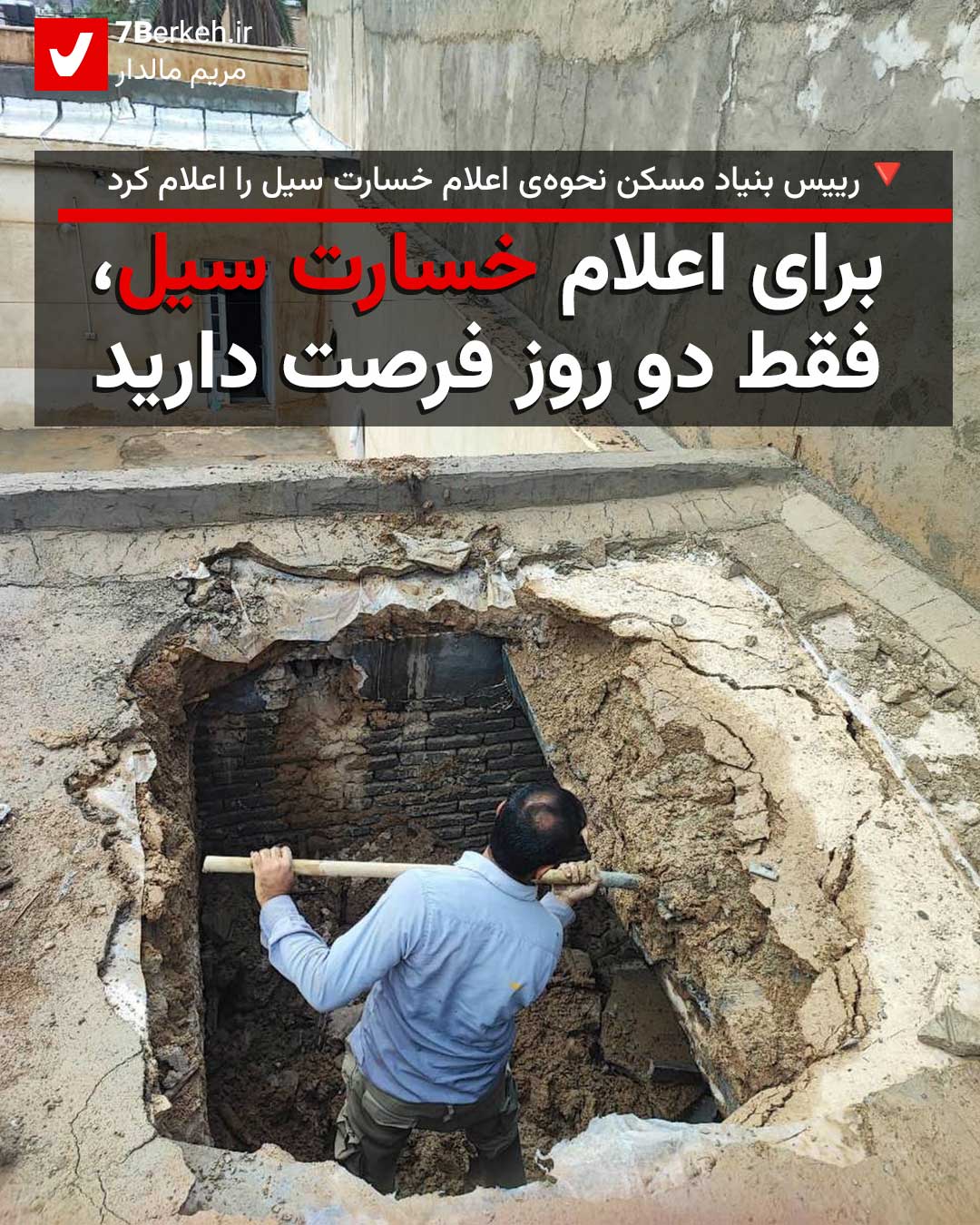

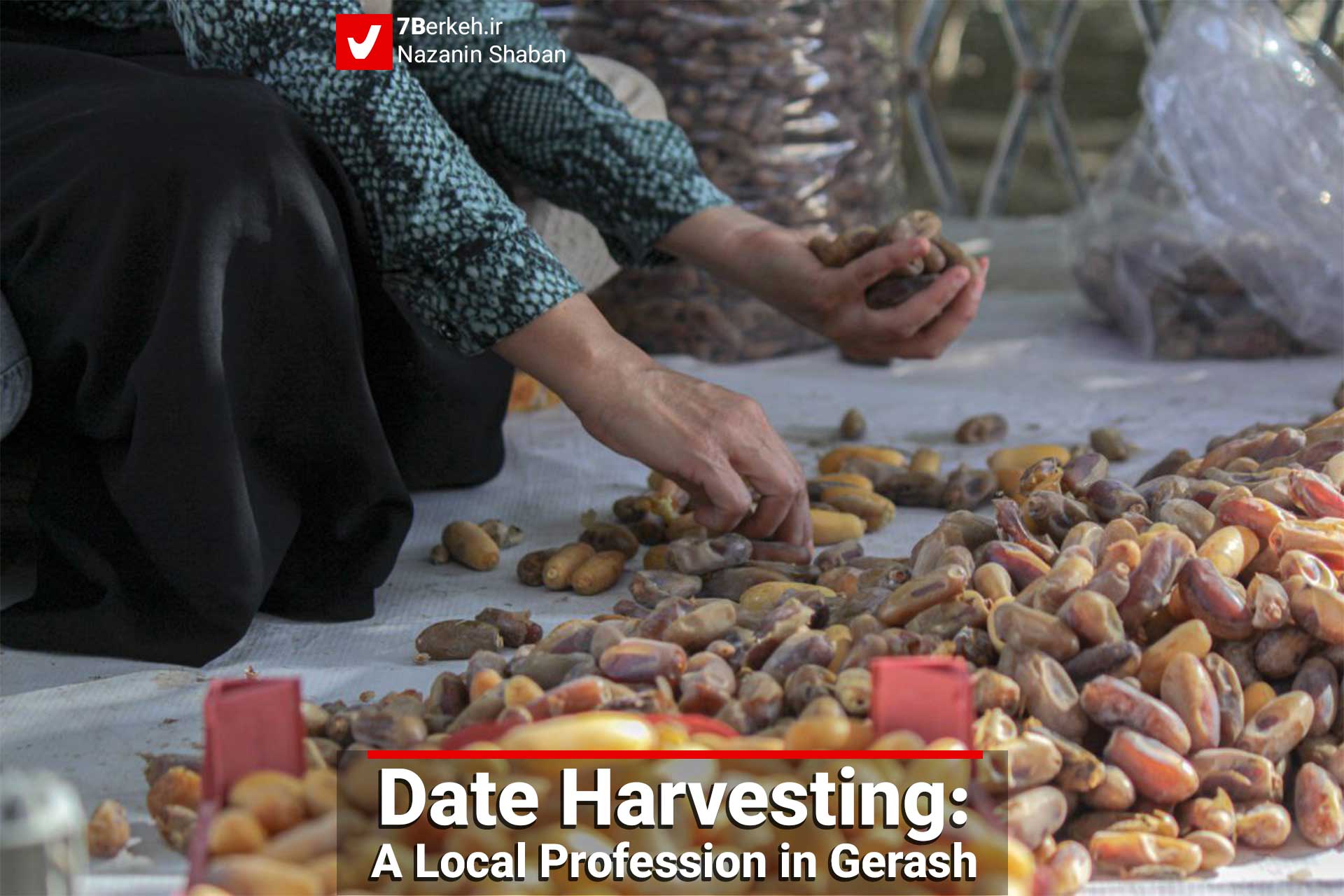
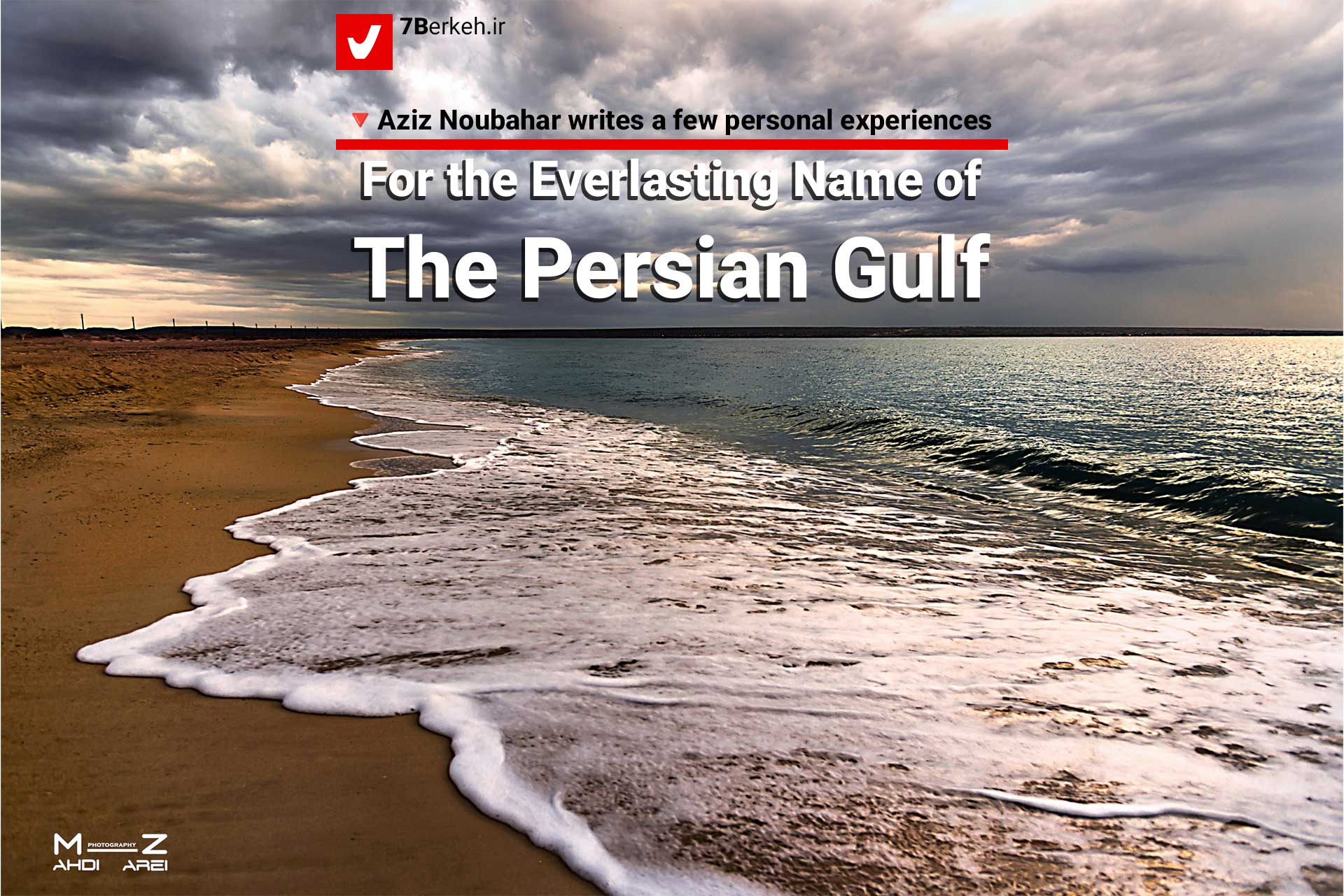
۲۳ اسفند ۱۴۰۳
Hey There. I found your blog using msn. Thiss is a really well written article.
I will make sure to bookmark it and come back to read more oof your
useful information. Thanks for tthe post. I’ll definitely comeback.